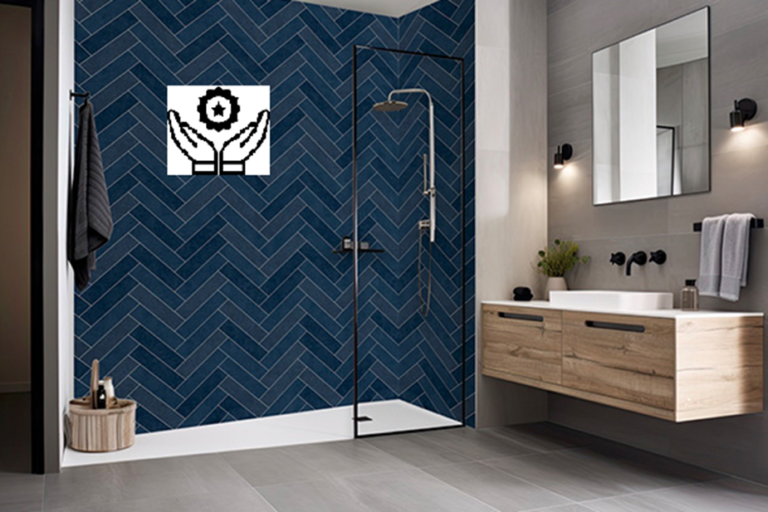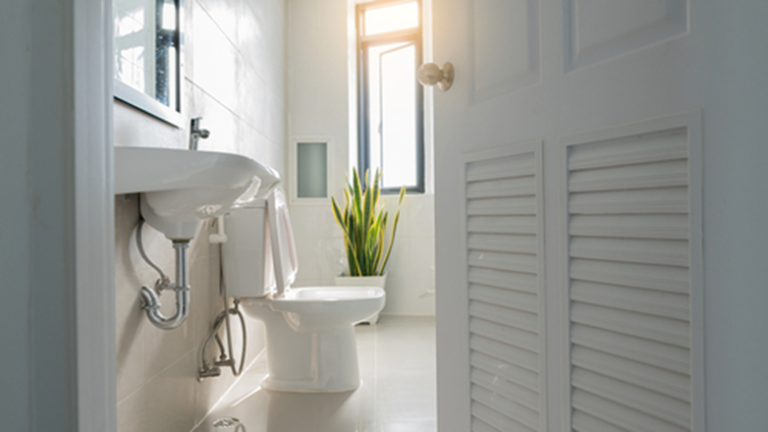What You Need to Know About Ventilation System Installation Costs
The cost of establishing a ventilation system is determined by various factors, including the type of system, home size, labor costs, and other features. Below is a comprehensive overview of the expenses involved with various types of ventilation systems, as well as the factors to consider while budgeting

1. Types of Ventilation Systems
There are various types of ventilation systems, and the costs differ accordingly:
Ducted Central Ventilation System
- Cost: $3,000 to $7,000 (including installation)
- Details: This system uses ducts to circulate air throughout the home.
- Additional Factors: Includes costs for duct installation or modification, labor, and equipment.
Ductless Ventilation System (Mini-Split)
- Cost: $1,500 to $8,000 per unit (depending on home size)
- Details: Ideal for homes without existing ducts, each room or zone has a separate unit.
- Additional Factors: The cost depends on the number of units, the type of refrigerant lines, and the simplicity of installation.
Energy Recovery Ventilation (ERV) System
- Cost: $2,500 to $5,000
- Details: An ERV system exchanges indoor air with fresh outdoor air, recovering heat and energy in the process.
- Additional Factors: Efficient in extreme climates and offers long-term savings through energy recovery.
Heat Recovery Ventilation (HRV) System
- Cost: $2,000 to $4,500
- Details: This system transfers heat from exhaust air to incoming fresh air, improving efficiency.
- Additional Factors: Popular in colder climates where heat recovery can reduce energy costs.
Exhaust-Only Ventilation System
- Cost: $500 to $1,500
- Details: Exhaust fans are installed in key areas like kitchens and bathrooms.
- Additional Factors: Simple and cost-effective but lacks heat recovery and energy efficiency.
2. Additional Costs Breakdown
Labor Costs
- Cost: $50 to $150 per hour (depending on location and expertise)
- Details: Labor costs vary by region and the complexity of the installation.
- Factors: Includes the cost of hiring HVAC professionals or electricians. More complex installations, such as multi-zone systems, increase labor time and costs.
Ductwork Installation or Modification
- Cost: $1,000 to $5,000
- Details: If a ducted system is chosen, new ducts or modifications may be needed.
- Factors: The condition of existing ducts, home layout, and accessibility will impact costs. For ductless systems, this cost is avoided.
Permits and Inspections
- Cost: $100 to $500
- Details: Many municipalities require permits for HVAC installations.
- Factors: Includes inspection fees to ensure the system meets building codes and safety standards.
Energy-Efficient Features
- Cost: Varies (up to $1,500 additional for advanced systems)
- Details: Features like smart thermostats, air quality monitors, and zoned control.
- Factors: These optional features can reduce energy consumption but increase upfront costs.
3. Home Size and Layout
Smaller Homes (Under 1,500 sq. ft.)
- Cost: $2,000 to $5,000
- Details: Small homes require fewer units or ducts, lowering costs.
- Factors: System choice impacts costs (e.g., single-zone vs. multi-zone).
Medium Homes (1,500 to 2,500 sq. ft.)
- Cost: $4,000 to $8,000
- Details: A larger home may need multiple ductless units or more extensive ductwork.
- Factors: Zoning, ductwork, and the number of rooms increase costs.
Larger Homes (Over 2,500 sq. ft.)
- Cost: $6,000 to $15,000
- Details: Large homes require more equipment, units, and labor.
- Factors: Additional units, duct complexity, and system upgrades will add to the cost.
4. Long-Term Savings and Maintenance
Energy Savings
- Potential Savings: Up to 20-40% on energy bills annually (depending on system type)
- Details: Energy-efficient systems (like ERV/HRV) provide significant savings over time.
- Factors: Regular maintenance and use of smart controls optimize performance.
Regular Maintenance
- Cost: $150 to $500 annually
- Details: Regular cleaning of filters, checking refrigerant levels, and inspection of components.
- Factors: Systems like ductless mini-splits require less maintenance than ducted systems.
5. Plan for Installation and Timeline
Here is a step-by-step plan for installing a ventilation system:
Assess Home Needs
- Task: Determine if your home requires ducted or ductless ventilation.
- Timeline: 1-2 days (consult HVAC professionals)
- Cost: Free consultation or $100 to $300 for a detailed inspection.
Choose the Right System
- Task: Select the best system for energy efficiency and home size.
- Timeline: 1 week (to compare options and finalize selection)
- Cost: Dependent on system type (average $2,000 to $8,000).
Schedule Installation
- Task: Hire certified professionals for the installation process.
- Timeline: 1-3 days (depending on system complexity)
- Cost: $50 to $150 per hour for labor.
System Installation
- Task: Install the ventilation system, including indoor units and ductwork.
- Timeline: 1-3 days for installation.
- Cost: Installation costs included in the overall system price.
Testing and Inspection
- Task: Ensure the system is working properly and meets local codes.
- Timeline: 1 day (inspection and testing)
- Cost: $100 to $500 for permits and inspections.
Maintenance Plan
- Task: Schedule regular maintenance to keep the system efficient.
- Timeline: Ongoing (bi-annual or annual maintenance)
- Cost: $150 to $500 annually.
Conclusion
The cost of establishing a ventilation system varies greatly depending on the type of system, the size of the home, and the complexity of the installation. Ductless systems are more adaptable and energy-efficient, whereas ducted systems may necessitate more initial work. A well-installed ventilation system can improve air quality, promote comfort, and save energy bills over time.






